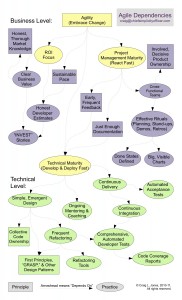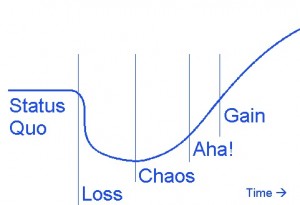Ticket-count analytics should only be used for their intended purpose — managing the list of open tickets. The temptation to infer other implications in the way of employee performance, product quality, etc. must be avoided. In fact, even as a tool for managing the list of open tickets, we need to be careful.
Whenever presented with a metric that implies a certain conclusion, we need to look for confounds. (This goes for all metrics, not just ticket counts.) What other possible explanations could there be? If there aren’t any that come to mind, then the straight-forward explanation is probably correct. But, if there are potential confounds, then deeper study is required. Does a high bug count really mean that bugs are getting out of control, or does it merely mean that stakeholders are over-reporting improvement requests and new-feature requests as if they are “bugs,” either mistakenly or in an effort to game the system?
Using ticket closure-rate counts as a measure of employee performance is a particularly bad idea. The primary purpose of the bug-tracking tool is to be available to the developers as an honest representation of the state of the tickets lodged against the system. Overloading it with the goal of tracking employee performance is a conflict of interest, and Continue reading Counter-Intuition: The Confounding Implications of Ticket-Count Stats




